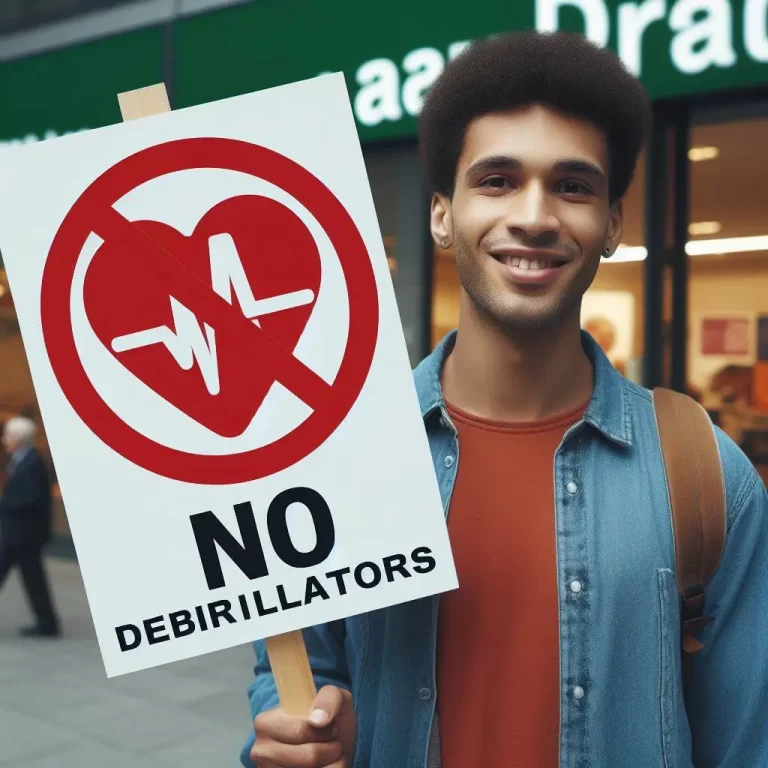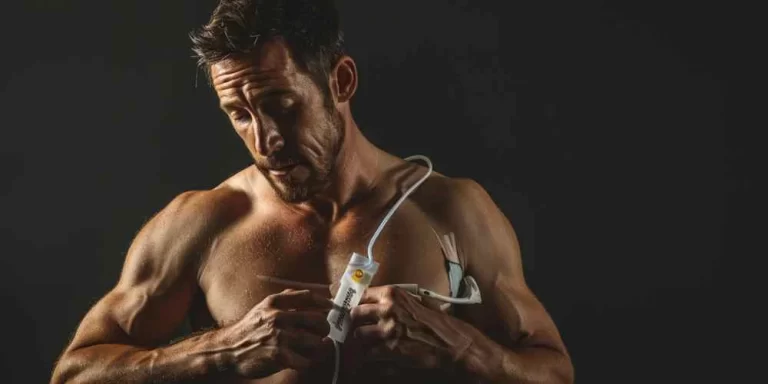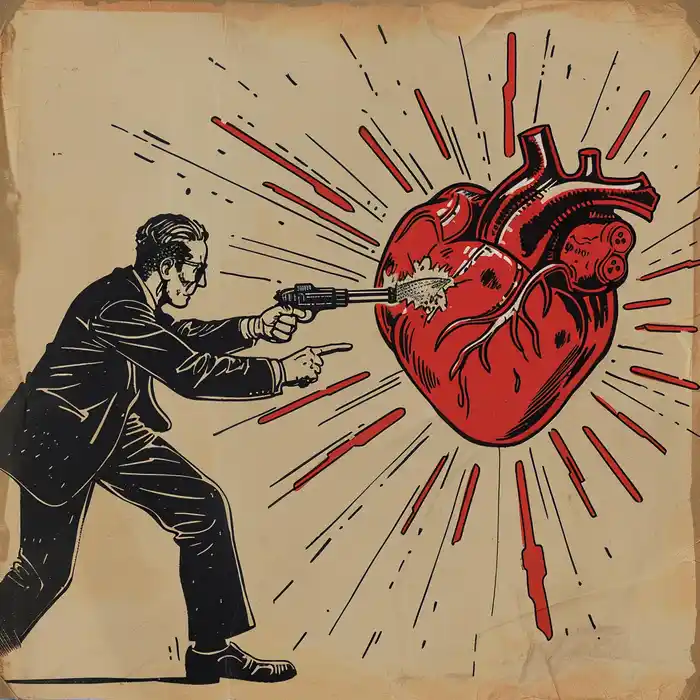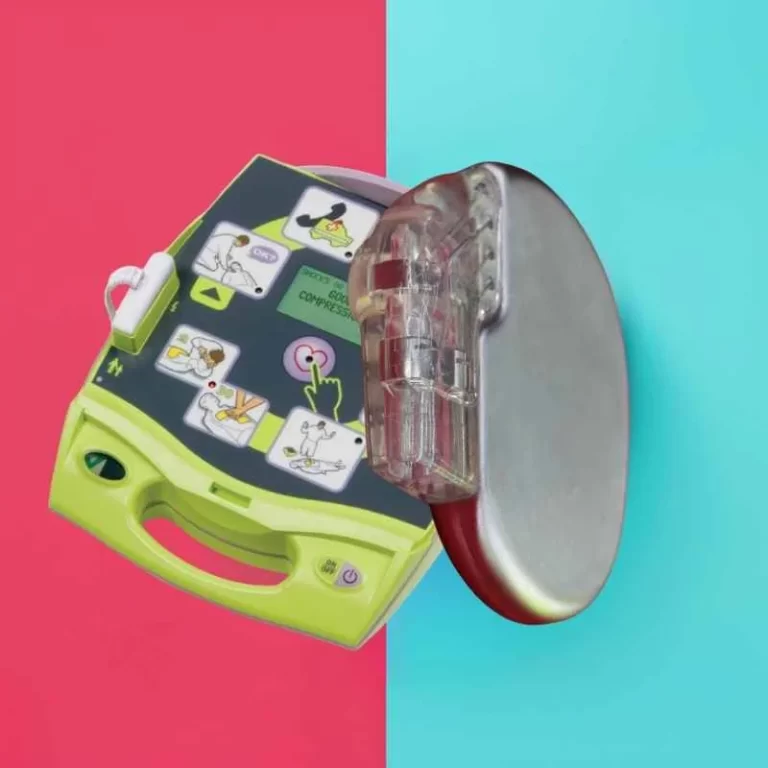Is a Defibrillator the Same as CPR?
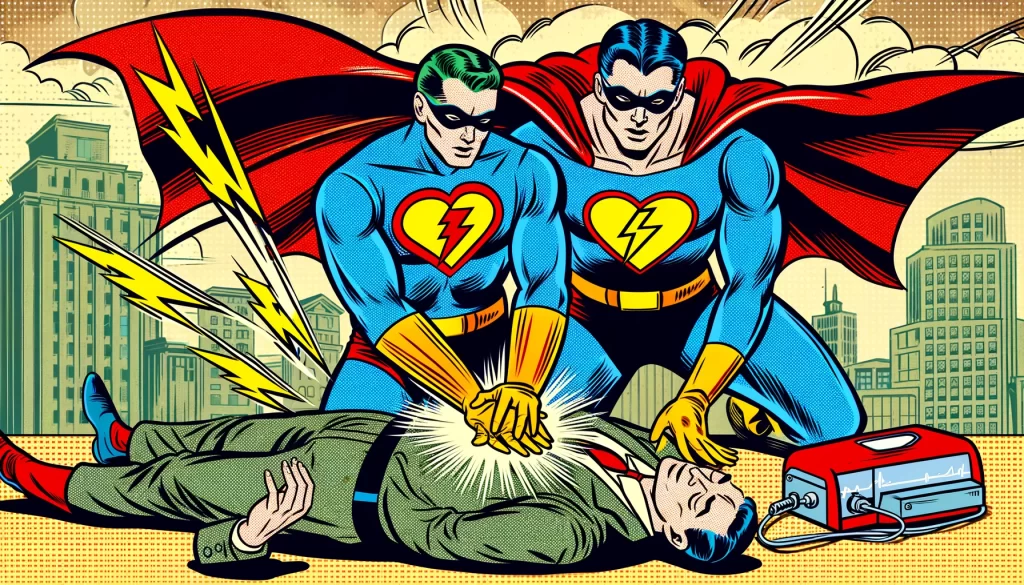
Imagine you’re a superhero, cape and all, rushing to save the day. You find someone who’s collapsed, and you have two powerful tools: CPR and a defibrillator. But which one do you use, and are they even the same thing? Let’s dive in and find out.
CPR: The Heart’s Best Friend
CPR, or Cardiopulmonary Resuscitation, is like giving your heart a helping hand when it’s struggling. When someone’s heart stops, their blood stops pumping, which means oxygen isn’t getting to their brain and other vital organs. CPR involves chest compressions and rescue breaths to keep the blood moving and oxygen flowing.
Think of CPR as a manual pump. It doesn’t restart the heart, but it buys precious time by keeping the blood and oxygen circulating until professional help arrives or a defibrillator is available.
Defibrillators: The Electric Hero
On the other hand, a defibrillator is an electrical device designed to jump-start the heart. When someone’s heart stops due to a problem with its electrical system, a defibrillator can deliver a shock that can reset the heart’s rhythm. It’s like rebooting a computer that’s frozen.
There are different types of defibrillators, but the most common one you’ll encounter is the AED (Automated External Defibrillator). These devices are smart—they can analyze the heart’s rhythm and decide whether a shock is needed. If it is, the AED guides you through the process with simple instructions.
CPR vs. Defibrillator: The Dynamic Duo
So, are CPR and a defibrillator the same thing? Nope! They’re like Batman and Robin—each one is a hero in its own right, but they work best together. CPR maintains blood flow and oxygenation, buying time until a defibrillator can do its job. The defibrillator, in turn, can correct the underlying electrical problem that caused the heart to stop in the first place.
Why Both Matter
When a person’s heart stops, their chances of survival decrease rapidly with each passing minute. According to the Australian Resuscitation Council, combining CPR with the use of a defibrillator within the first few minutes of cardiac arrest can significantly increase survival rates.
Here’s a fun fact: For every minute without CPR and defibrillation, a person’s chance of survival decreases by about 10%. That’s why knowing how to use both can make you a real-life superhero.
Simple Steps to Remember
- Check for responsiveness: If someone collapses and is unresponsive, call for help immediately.
- Start CPR: Begin chest compressions hard and fast in the center of the chest.
- Use a Defibrillator: If one is available, turn it on and follow the voice prompts. Most public places have AEDs that are easy to use and guide you through the process.
A Quick Recap
To wrap it all up, CPR and defibrillators are different but complementary tools in saving a life during cardiac arrest. CPR keeps the blood flowing, while a defibrillator can restart the heart by fixing its electrical problem. Remember, acting quickly and confidently with both can make all the difference.
So, next time you see a defibrillator in your school, workplace, or a public area, give it a nod of respect. It’s there to be your sidekick in an emergency, ready to save the day with a powerful jolt.
Would you like to learn more? Let us help you understand how defibrillators work.


